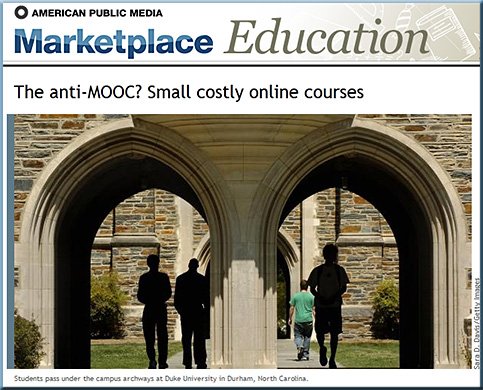From DSC:
Below are some reflections after seeing these items:
- IBM’s Watson is better at diagnosing cancer than human doctors — from wired.co.uk by Ian Steadman
.
- Watson is now commercially available, set to help doctors treat cancer — from singularityhub.com by Peter Murray
.
- Watson supercomputer goes to college, Revenge Of The Nerds style antics imminent — not an exemplary article from geekosystem.com, but the underlying topic has enormous implications
Excerpt:
…the team developing Watson is sending the computer to college, where it will bone up on coursework in English and math.
…
While the original Watson will be staying put at the IBM research center it calls home, the hardware to run the program is being installed at the Rensselaer Polytechnic Institute in upstate New York, where researchers and grad students will be spend the next three years teaching Watson all they can while also hoping to learn more about how the software learns and make it more effective.
.
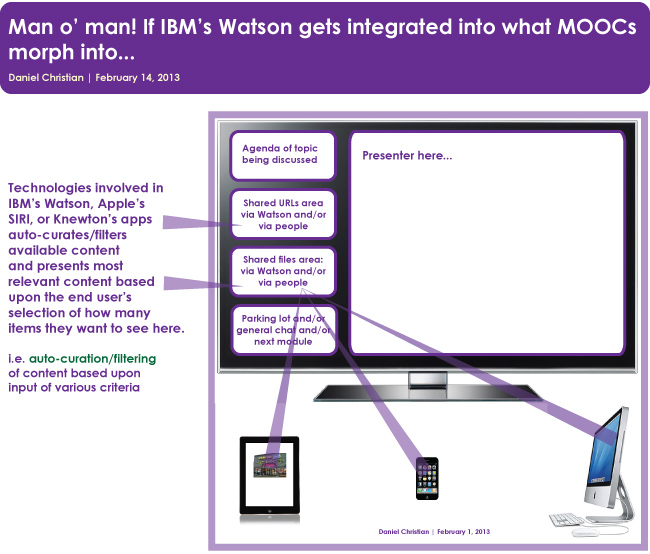
From DSC:
The current set of MOOCs are very powerful, but, like a bush that needs pruning, they can become unwieldy and hard to control. Not only do the current set of MOOCs help me to see the importance of instructional design, but trying to drink from the firehose often presents problems (i.e. wading through thousands of tweets, hundreds of blog posts, etc.). How can we still provide openness and yet provide people with better methods/tools for setting their desired level of drinking from this firehose? Tags are helpful, but for most people, they are not doing enough to filter/curate the content at this point.
Enter the technologies being developed in IBM’s Watson, Apple’s SIRI, or in Knewton’s product lines. End-user controllable setting might include:
- Full throttle — like current form of MOOCs — thousands of tweets, hundreds of blog posts, etc.
- IBM Watson-enabled curation/filtering only — each individual adjusts how many items they want to see in the various portions of the interface (see above); these settings control how many items and/or streams of content get presented to you
The ideas involving learning agents, artificial intelligence, intelligent tutoring, intelligent systems and more seem to get roped in here…hmm…just thinking out loud and sharing potentially-useful ideas.












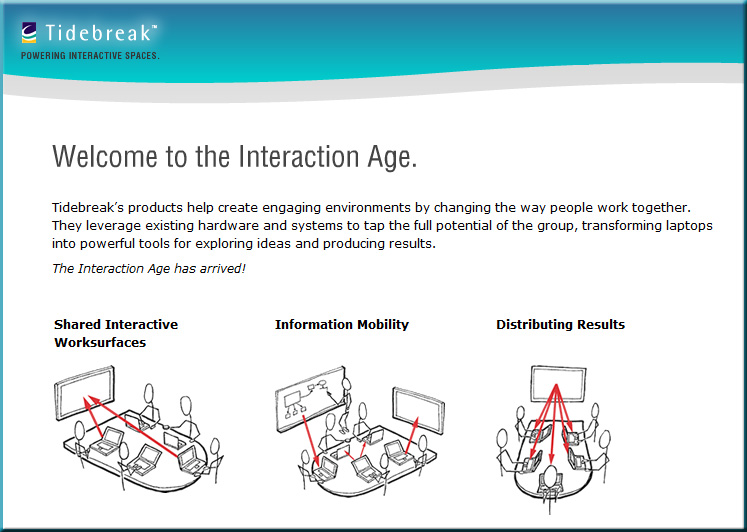
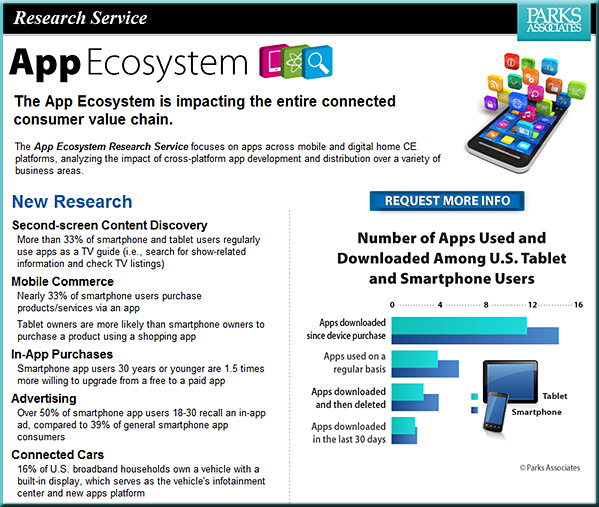
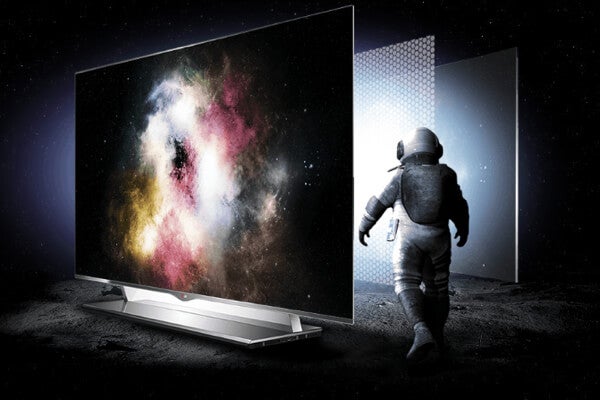


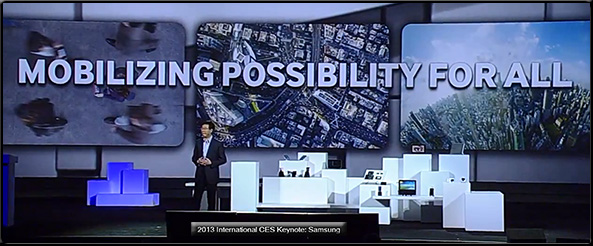

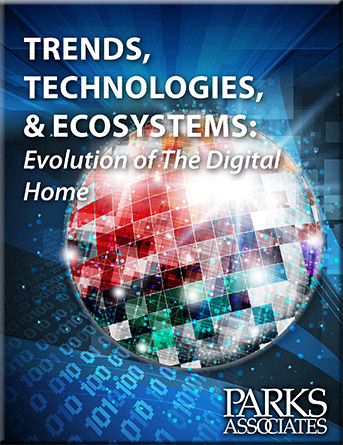
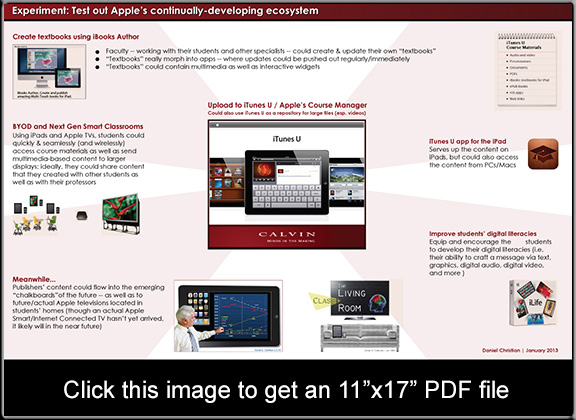



![Understanding dual screen content apps: A market overview [Costa]](http://danielschristian.com/learning-ecosystems/wp-content/uploads/2012/12/UnderstandingDualScreenApps-Costa-12-2012.jpg)

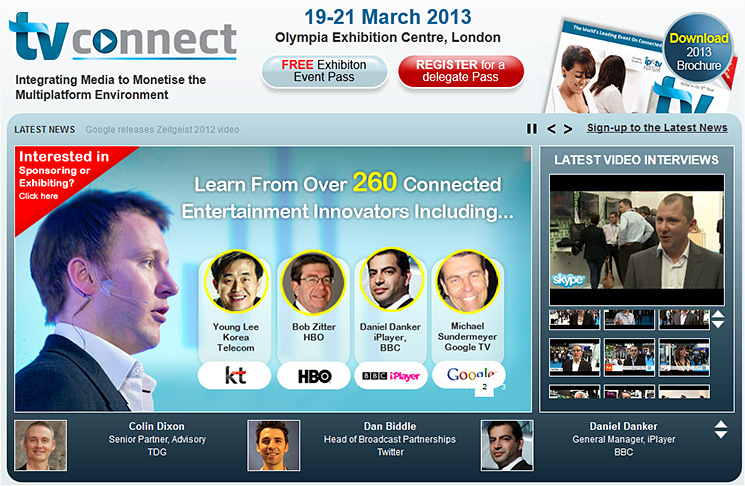



![The-Living-Class-Room-Daniel-S-Christian---July-2012 The Living [Class] Room -- by Daniel Christian -- July 2012 -- a second device used in conjunction with a Smart/Connected TV](http://danielschristian.com/learning-ecosystems/wp-content/uploads/2012/07/The-Living-Class-Room-Daniel-S-Christian-July-2012.jpg)
